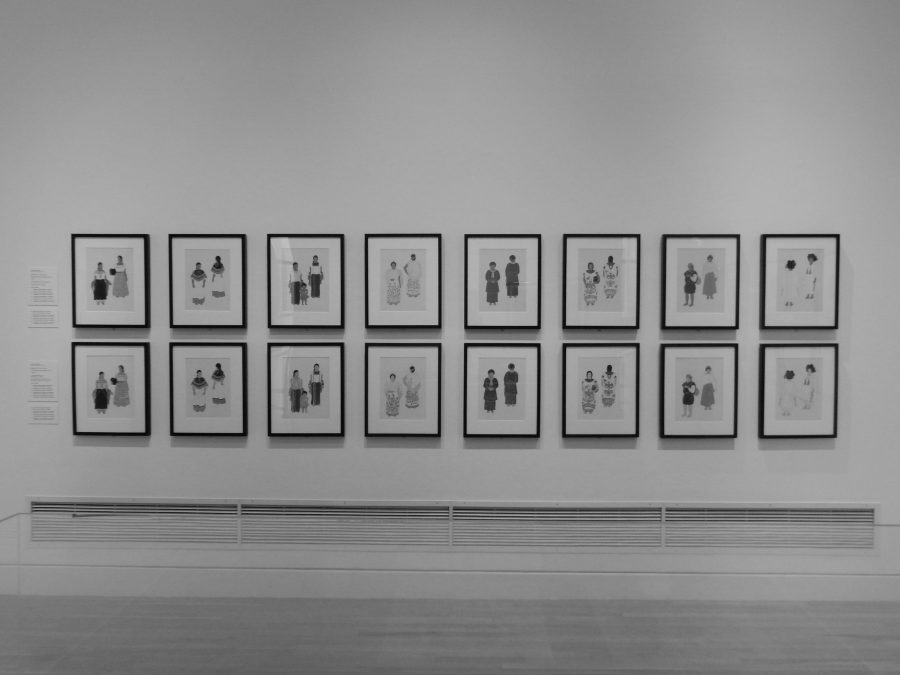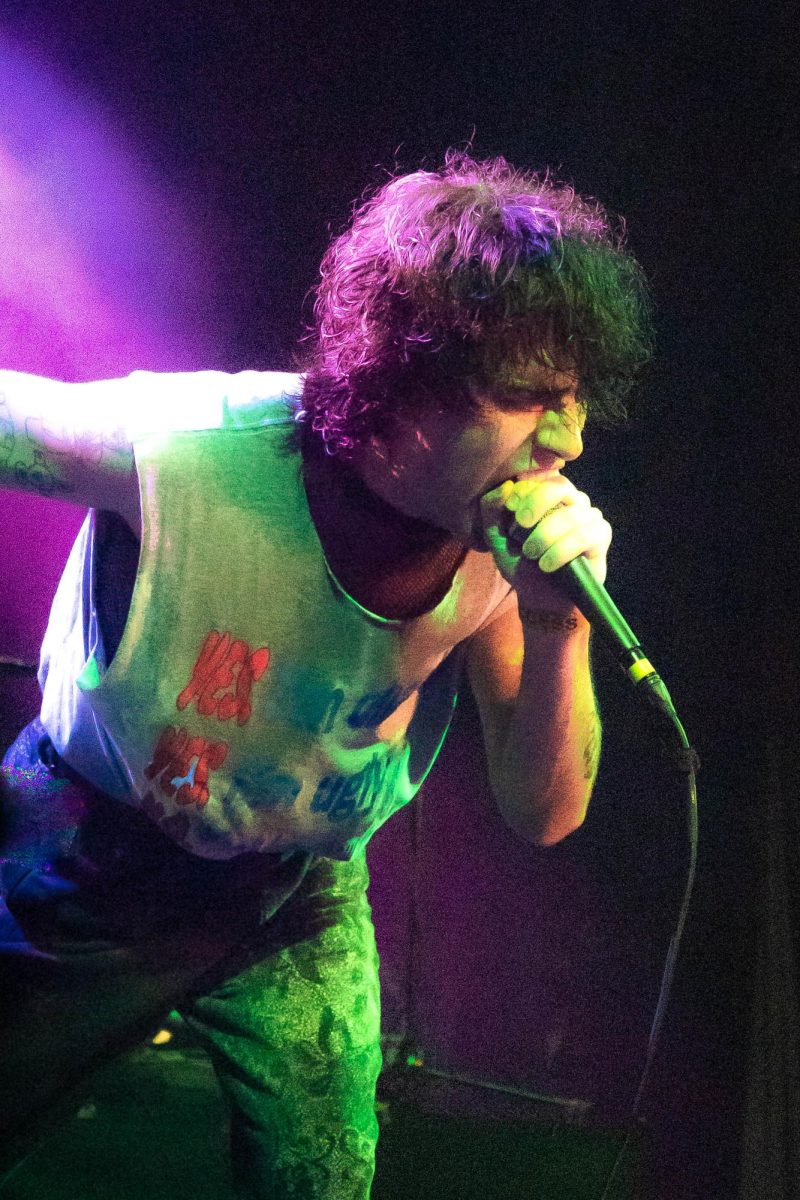Pay a visit to the San Antonio Museum of Art (SAMA) and gaze at the works created by Carlos Mérida, a Guatemalan-born artist who lived in Mexico City in 1922. Mérida worked on his first piece in 1922 under Diego Rivera and was introduced to the politically driven Mexican Social Realism movement. He was influenced by Modigliani and Picasso while mixing tastes from Mexican, Guatemalan, European and Mayan heritage. Before Mérida died in 1984, he created pieces of abstractionist art.
A few of his pieces are on display at SAMA. One of the first pieces, “The Three Kings (Los tres reyes),” was created in 1965 and is an abstract work, using darker colors and acrylic on amate paper.
The work next to this one is the “Puc and the Magic Spell (Puc y el hechizo mágico)” which was created in 1961 and is an acrylic and oil on gold-leafed wood panel. This piece is also an abstract piece, but it uses a light crème color as the center of the painting to contrast with the darker shades around it.
Another work by Mérida, “Birds of Paradise (Aves del paraíso),” made in 1936, is an oil on canvas. At this time in his artistic career, Mérida was mixing his learnings from Europe with his own Mayan heritage on his canvas in order to take abstraction to a higher dimension.
A rather stunning collection is the “Mexican costume (Vestimenta Mexicana),” which was created in 1941 and is a selection from 25 serigraphs. The serigraphs included pictures of women adorning outfits from Puebla, Chiapas, Veracruz and Oaxaca; all women have different shades of skin color.
The “Images of Guatemala (Imágenes de Guatemala),” created from 1925 to 1927, are lithographs. These lithographs depict the scenery and people who live in Guatemala.
Finally, the last of the pieces are on display in a glass case in the middle of the collection. “Native Costumes of Guatemala (Trajes Indígenas de Guatemala)” was made in 1940 and is a portfolio of 10 lithographs. The glass case contains three items: the cover for the “Trajes Indígenas de Guatemala” and paintings of “Regidores, Sololá” and “San Juan Cotzal, Quiché.”
Come out and see the collection of Carlos Mérida before it’s too late. The collection will only be available until Jan. 29, 2017. The San Antonio Museum of Art is open Tuesdays and Fridays from 10 a.m.–9 p.m.; Wednesdays, Thursdays, Saturdays and Sundays from 10 a.m.–5 p.m.; and is closed on Mondays. Students and military get in with a valid I.D. for $5, and free admission is on Tuesdays from 4–9 p.m. and Sundays from 10 a.m.–12 p.m.












